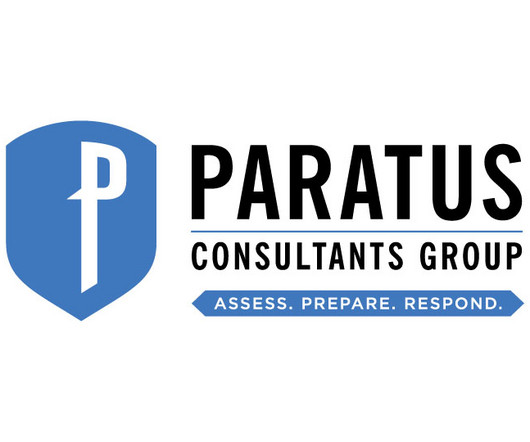Community Resilience or Community Dystopia in Disaster Risk Reduction?
Emergency Planning
FEBRUARY 6, 2020
In disaster risk reduction circles, there is an almost desperate reliance on 'community' and a strong growth in studies and plans to "involve the community" in facing up to risks and impacts (Berkes and Ross 2013). In Florence, by contrast, there is a living, active concept of fiorentinesimo.





















Let's personalize your content